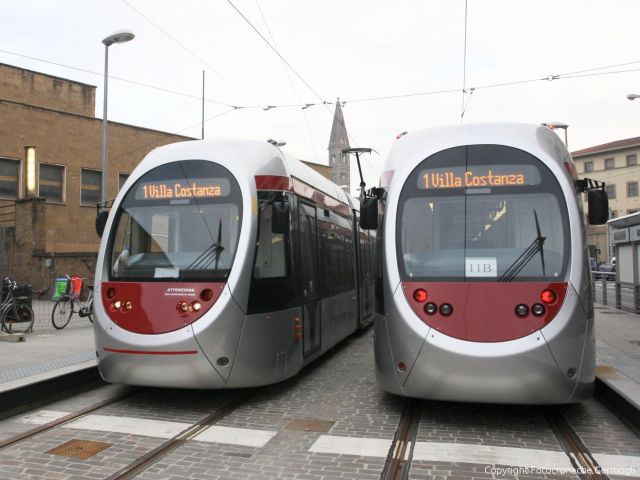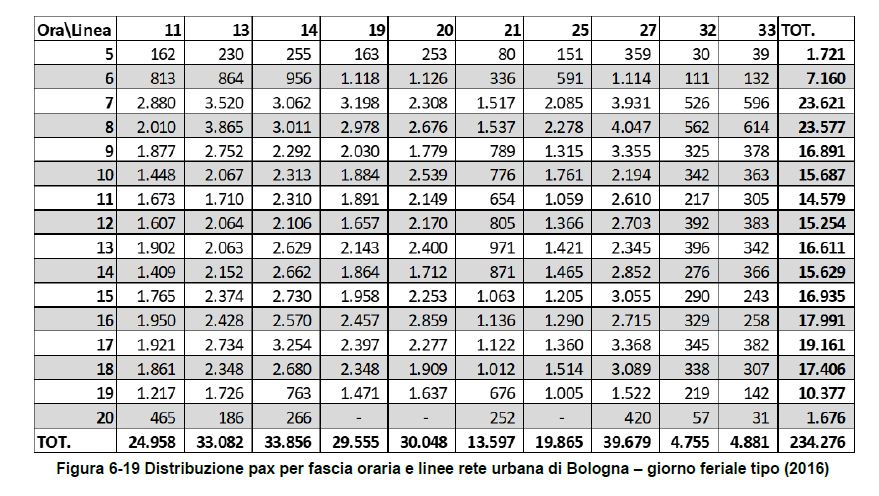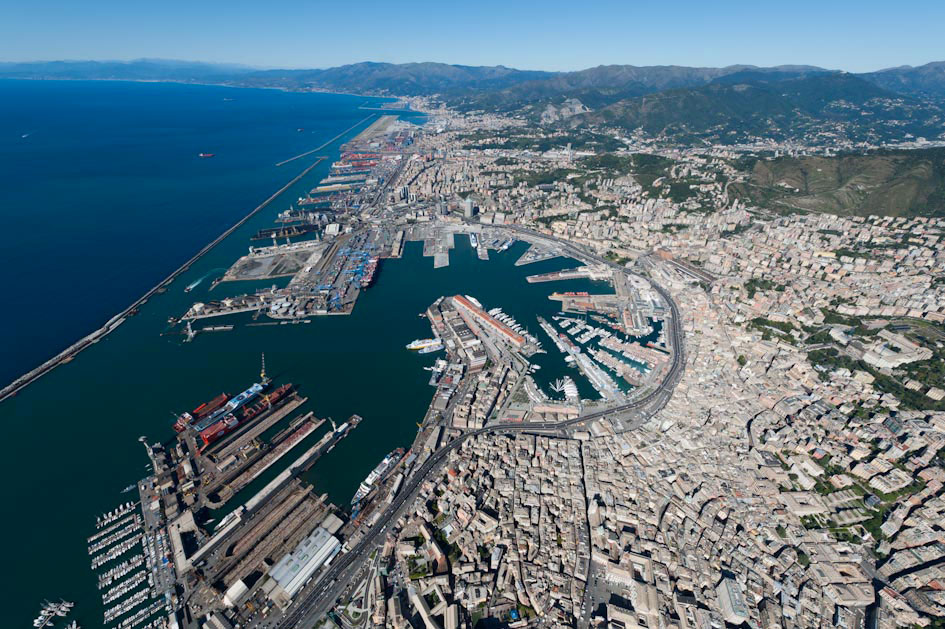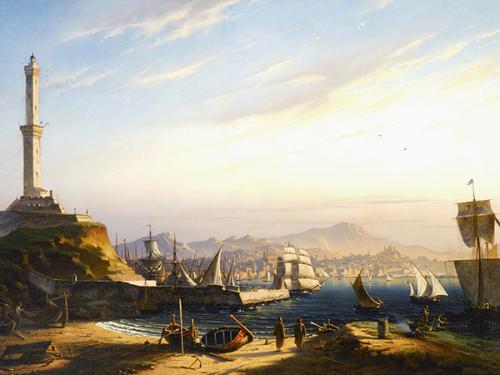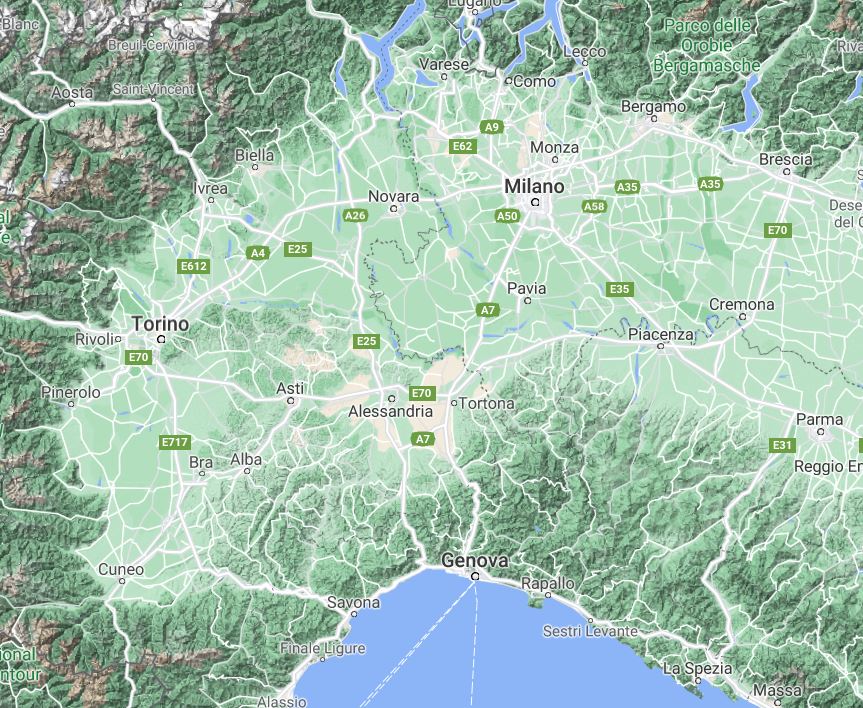
I'm going through a very interesting breakdown of costs for Bologna's new tramway line. 237m out of 509m € are made of hard costs (that don't include signaling and electric).
Of that, the maintenance center/depot is 79m.
Actual tram RoW is 77m€ for 16.5km -> 4.7m€/km
Of that, the maintenance center/depot is 79m.
Actual tram RoW is 77m€ for 16.5km -> 4.7m€/km

The depot is somehow bigger than needed (40 places for 24 tramways), because it will have spare place for the rolling stock needed for lines 2 and 3. But it's interesting to see that the depot/control/maintenance center is almost a third of the "hard" costs
There is a also a station-by-station (fermata) price-tag. They are 42m long with a shelter, benches, vending machine etc. On average they costs 120,000 €. Interestingly, ESS (sottostazione elettrica) costs 250-350K/each 

Rolling stock is quoted at 78m€ for 26 32m-long low floor tramways -> 3m€ each
Actually, tracks + slabs are 100m€ (78m for tracks, 22m for concrete slab foundation) for 16.5 km -> 6.25m€/km for the actual rail part of the RoW (excluding paving/grass finishing and wiring)
Another very small depot, with a capacity for 5 tramways, at the other end of the line will cost 3M€.
The actual electric equipment for the substations is some 2M€/each, while the concrete box is 250-300M€ each. Even electrical equipment for each stops are costlier than the hard part itself, some 200k€ on avg. 

• • •
Missing some Tweet in this thread? You can try to
force a refresh


